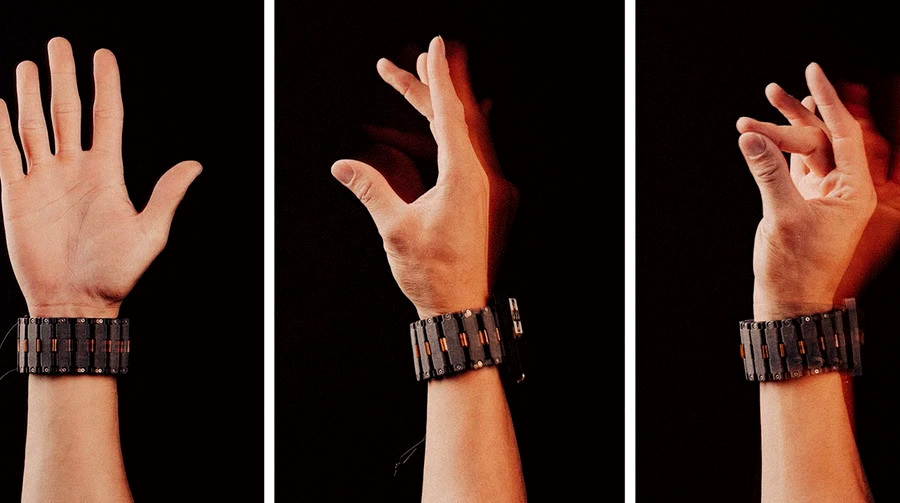Meta has published a study in Nature, revealing an enhanced version of its sEMG-RD bracelet. This device reads electrical muscle signals (electromyography) from the skin's surface and converts them into digital commands, enabling navigation on computers, cursor movement, or application launching. This is reported by Gizmodo.
The latest prototype can automatically adjust to new users without a lengthy training process, which was not possible with earlier versions. This capability is made possible by new neural network algorithms that quickly analyze signals and create a personalized control model.
Moreover, developers showcased the ability to recognize gesture strength—such as how firmly a virtual object is squeezed. This opens up potential for more complex interactions in VR and AR environments. Additionally, the device can already read handwritten text at a speed of 20.9 words per minute.
Meta has been working on similar interfaces since 2021. The current version of the bracelet is one of the most promising developments in the company's pursuit of alternative control methods that do not require cameras or physical controllers. This solution can also be useful for users with disabilities.
